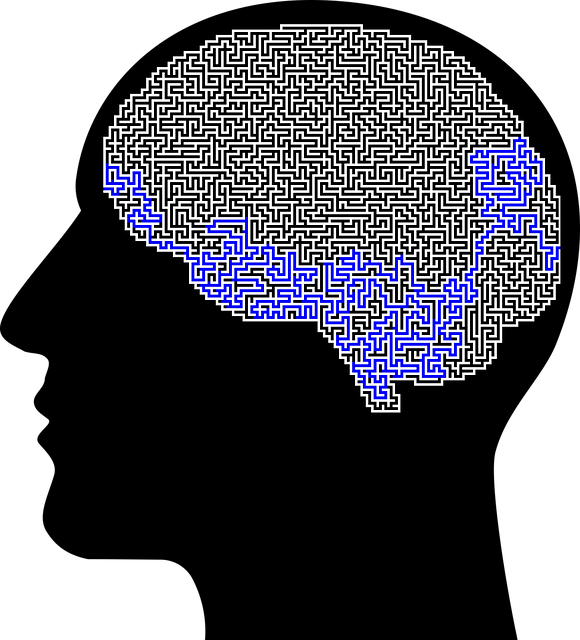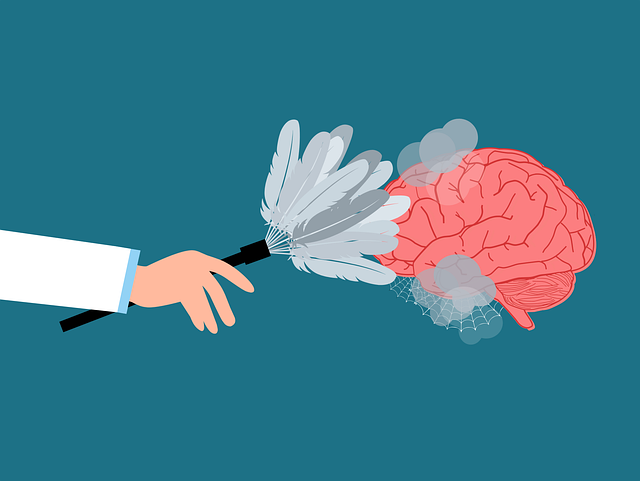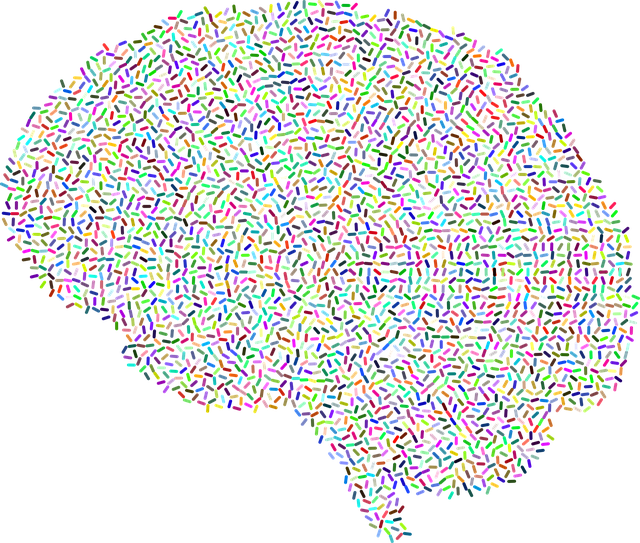Understanding mental health data is crucial for therapeutic practices, particularly when utilizing Lone Tree EMDR Certified Therapy techniques. Data can be sourced from structured interviews, questionnaires, and self-reported surveys, offering insights into conditions like depression and anxiety. EMDR therapy facilitates healing by engaging the brain's natural processing of repressed memories, exposing patterns, and promoting positive thinking. Advanced statistical techniques are essential for analyzing complex behaviors and experiences, guiding personalized treatments and improving patient outcomes. Diverse data analysis requires cultural competency and ethical considerations to protect confidentiality, avoid biases, and ensure inclusive, effective interventions.
Mental health data analysis is a growing field, crucial for understanding and improving well-being. This article explores essential aspects of interpreting mental health data, from collection methods and sources to advanced statistical techniques. We delve into the role of EMDR (Eye Movement Desensitization and Reprocessing) therapy in enhancing data interpretation, providing insights that can guide personalized treatment plans. Additionally, ethical considerations are discussed, emphasizing responsible practices in this sensitive domain, especially with Lone Tree EMDR Certified Therapy.
- Understanding Mental Health Data: Collection and Sources
- The Role of EMDR Therapy in Data Interpretation
- Statistical Techniques for Analyzing Mental Health Data
- Interpreting Results: Identifying Patterns and Insights
- Ethical Considerations in Mental Health Data Analysis
Understanding Mental Health Data: Collection and Sources

Understanding Mental Health Data is a pivotal first step for any therapeutic or research endeavor, especially when utilizing Lone Tree EMDR Certified Therapy techniques. This data can come from various sources, each offering unique insights into an individual’s mental health status. Structured clinical interviews, standardized questionnaires, and self-reported surveys are common tools used to gather information on symptoms, severity, and diagnosis of conditions like depression or anxiety. These methods provide structured, measurable data for analysis.
In addition to direct patient assessment, secondary sources play a crucial role in Mental Health Data Analysis. Public Awareness Campaigns Development initiatives often share statistics and trends that highlight prevalent mental health issues within communities. Depression Prevention programs, for instance, can offer valuable insights into risk factors and protective measures. Crisis Intervention Guidance materials also provide data-driven strategies for handling acute situations, ensuring that therapists are equipped with the latest evidence.
The Role of EMDR Therapy in Data Interpretation

EMDR therapy plays a pivotal role in mental health data analysis by facilitating powerful insights and transformative healing. This therapeutic approach, particularly when administered by Lone Tree EMDR Certified Therapists, taps into the brain’s natural processing mechanisms to unearth and process repressed memories and emotional responses. By encouraging bilateral stimulation through various techniques, such as eye movements or tactile sensations, EMDR allows individuals to confront and release traumatic or distressing experiences stored in their minds. This process significantly contributes to data interpretation by revealing underlying patterns, triggers, and connections between past events and present-day behaviors or emotions.
Beyond its role in trauma healing, EMDR has been recognized for its efficacy in promoting positive thinking and mood management. By addressing the root causes of mental health issues, including burnout prevention, EMDR therapy empowers individuals to develop healthier coping mechanisms and enhance their overall well-being. The structured eight-phase approach ensures a comprehensive treatment journey, enabling clients to regain control over their lives and foster a more balanced and resilient mindset. This holistic perspective aligns with the broader goals of mental health data analysis, aiming to understand, interpret, and ultimately improve individual outcomes.
Statistical Techniques for Analyzing Mental Health Data

The analysis of mental health data requires robust statistical techniques to uncover meaningful insights and patterns. These methods play a pivotal role in understanding complex human behaviors and experiences, particularly when it comes to Lone Tree EMDR Certified Therapy. Techniques such as regression analysis help identify relationships between various factors, including demographic data, initial symptoms, and treatment outcomes. This can guide therapists in personalizing treatments, ensuring more effective Stress Reduction Methods for their clients.
Additionally, clustering algorithms enable the segmentation of populations based on similar characteristics, facilitating tailored Trauma Support Services. By employing these statistical tools, mental health professionals can make data-driven decisions, enhance treatment efficacy, and ultimately improve patient outcomes. This analytical approach, when combined with Emotional Intelligence, empowers therapists to offer more compassionate and targeted care.
Interpreting Results: Identifying Patterns and Insights

When analyzing mental health data, especially from diverse populations like those served by a Lone Tree EMDR Certified Therapy center, interpreting results involves a meticulous process of identifying patterns and insights that can lead to effective interventions. This includes examining trends in symptoms, co-occurring disorders, and treatment responses over time. By applying advanced statistical methods and visualization techniques, healthcare providers can uncover nuanced information about the effectiveness of various therapeutic approaches. For instance, data might reveal specific techniques within EMDR therapy that consistently boost confidence among patients, offering valuable insights for clinical practice.
Moreover, understanding cultural influences is crucial for interpreting mental health data. Healthcare provider cultural competency training ensures that insights are contextualized and relevant to diverse patient backgrounds. This approach not only enhances the accuracy of analyses but also promotes culturally sensitive care. Positive thinking, as a construct often explored in therapy, may emerge as a factor affecting treatment outcomes when properly integrated into data interpretation. Ultimately, these patterns and insights drive evidence-based decisions, improving overall mental health service delivery.
Ethical Considerations in Mental Health Data Analysis

In the realm of mental health data analysis, ethical considerations are paramount, especially when employing advanced therapeutic techniques like Lone Tree EMDR Certified Therapy. As researchers and practitioners delve into vast datasets to uncover trends and patterns, they must navigate complex ethical landscapes. Ensuring confidentiality and data privacy is non-negotiable; protecting sensitive personal information is crucial for maintaining trust and safeguarding individuals’ identities.
Moreover, the interpretative process demands a nuanced approach to avoid potential biases. For instance, when analyzing data related to stress management, self-esteem improvement, or resilience building, therapists and analysts must be vigilant about generalizations and cultural sensitivities. Ethical practices involve validating findings within diverse populations and considering the impact of societal factors on mental health outcomes, thereby fostering more inclusive and effective interventions.
Mental health data analysis is a complex yet vital process, enabled by advanced statistical techniques and enhanced by therapeutic approaches like EMDR. As discussed, understanding data collection and applying appropriate methods, such as those used in Lone Tree EMDR Certified Therapy, can lead to valuable insights for improving mental wellness outcomes. By navigating ethical considerations carefully, professionals can harness the power of data to foster meaningful change and transform lives.














